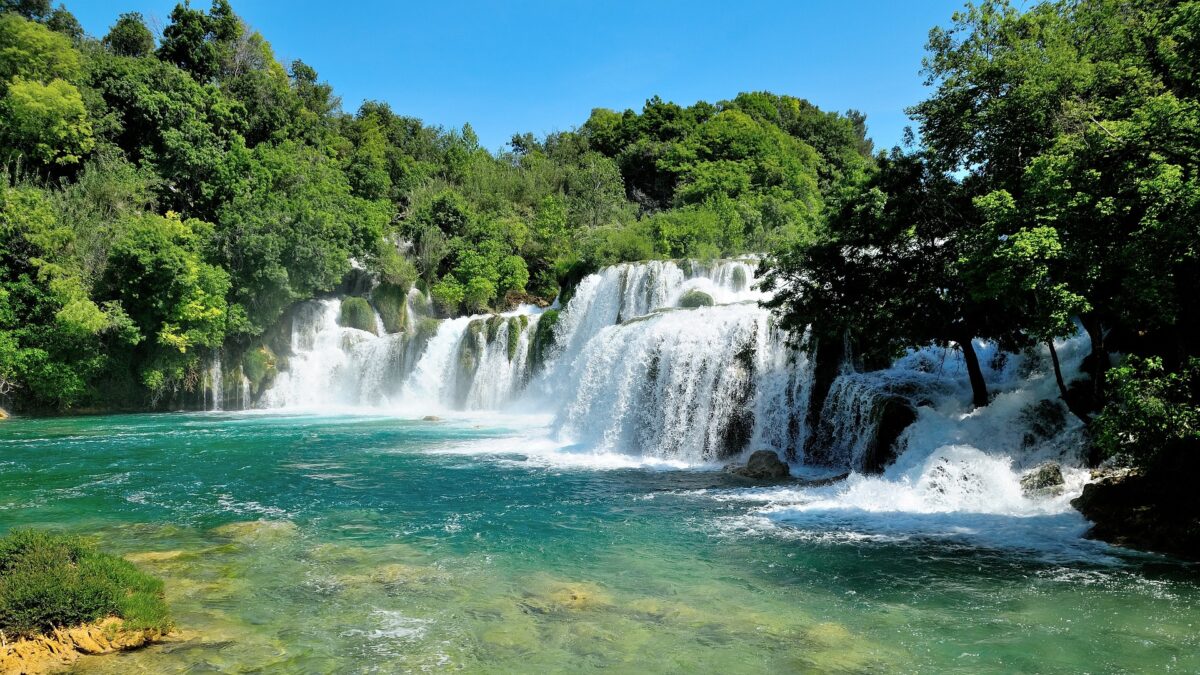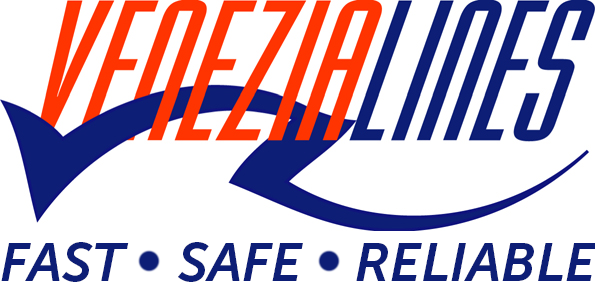
Krka National Park: Tips and Info on This Croatian Paradise
If you want to immerse yourself in nature and take a refreshing dip in an idyllic spot, you cannot miss the Krka national park in Croatia.
The Krka National Park was established in 1985 and covers a 109 sq. km area along the Krka river. It’s undoubtedly one of Croatia’s most spectacular national parks, and it’s located 13 km from Šibenik, 80 km from Zadar, and 54 km from Trogir.
Lush vegetation and an unforgettable swimming experience are some of the things you can enjoy on a day at the Krka National Park. You can choose to swim in the calm waters of the lakes or by one of the 7 Krka waterfalls.
Croatia has many stunning waterfalls, including the famous ones at the Plitvice Lakes National Park, but the Krka waterfalls park have a much higher flow rate. In addition, the Krka National Park will stun you with its impressive views of gorges, cliffs, and beautiful clear water.
Keep reading to discover what to see, when to go, and everything you need to know for a perfect day at the Krka National Park.
What to See at the Krka National Park
The Krka National Park offers many attractions, but if you only have time for one thing, make sure not to miss the waterfalls.
Skradinski Buk is a network of 7 waterfalls covering an area of about 800 sq. m. that takes just over an hour to visit. You can also find souvenir shops and bars.
In addition to these waterfalls with a vertical drop of nearly 50 meters, the park includes Manojlovac Slap (“slap” being Croatian for “waterfall”), considered by many the most beautiful, and Roški Slap, another network that covers an area of about 650 sq.m.
The Krka river, which gives its name to the park, flows between these attractions, crossing the Medu Gredama gorge, which will amaze you with its tall (up to 150 meters), oddly-shaped cliffs.
Then, you get to Visovac lake, where you can enjoy a swim in its crystal clear waters.
But the Krka National Park is not just natural wonders. There are also gorgeous ancient villages you don’t want to miss, like Skradin, which is often the starting point of the tour of the park, and Kistanje.
And just 3 km from Kistanje, you can visit the Krka Monastery, the most important Serbian Orthodox monastery in Croatia and one of the most important in the world. In addition, you can visit the Roman catacombs in the Byzantine church right next to the monastery and the Burnum ruins – the remains of a Roman amphitheater – from where you can enjoy a view of the waterfalls.
Another attraction you don’t want to miss if you go to the Krka National Park is Visovac Island and its Franciscan monastery built in 1445.
Krka National Park: When to Go and How to Get There
The Krka National Park is conveniently located only 100 km away from the cities of Split and Zadar.
The easiest way to get there is by bus from Šibenik. Plenty of trains and buses will take you to Šibenik from other cities.
If you choose this option, you can enter the park from Lozovac – the main entrance – or Skradin. However, if you’re mainly interested in the Krka waterfalls park here in Croatia, you should enter from Skradin, where you can take a boat to Skradinski Buk.
The boat ride to the Krka waterfalls is included in the ticket. The price varies depending on the season:
- 30 Kuna in January, February, November, and December
- 90 Kuna in March, April, May, and October
- 110 Kuna in June, July, August, and September
These are prices for adults. There are discounts for kids, and children under 7 years of age get in for free.
Spring or summer is the best time to visit the Krka National Park. And if you’re not up for a guided tour, you can explore it at your own pace on foot, by bike, boat, or car.
Alternatively, you can choose one of the many day trips from Šibenik, Split, Zadar, and Dubrovnik.
How to Get in Croatia to the Krka National Park From Italy
Visiting the Krka National Park and its waterfalls is easy, even if you’re not in Croatia. For example, from Italy, you can take a ferry to Croatia from Venice.
Our ferries connect Venice with many Croatian cities, including Umag, Poreč, Rovinj, andPula, the main city of the Istria region.
Crossing the Adriatic with Venezia Lines is already a delightful experience, and adding a trip to the Krka National Park will make it absolutely unforgettable.
